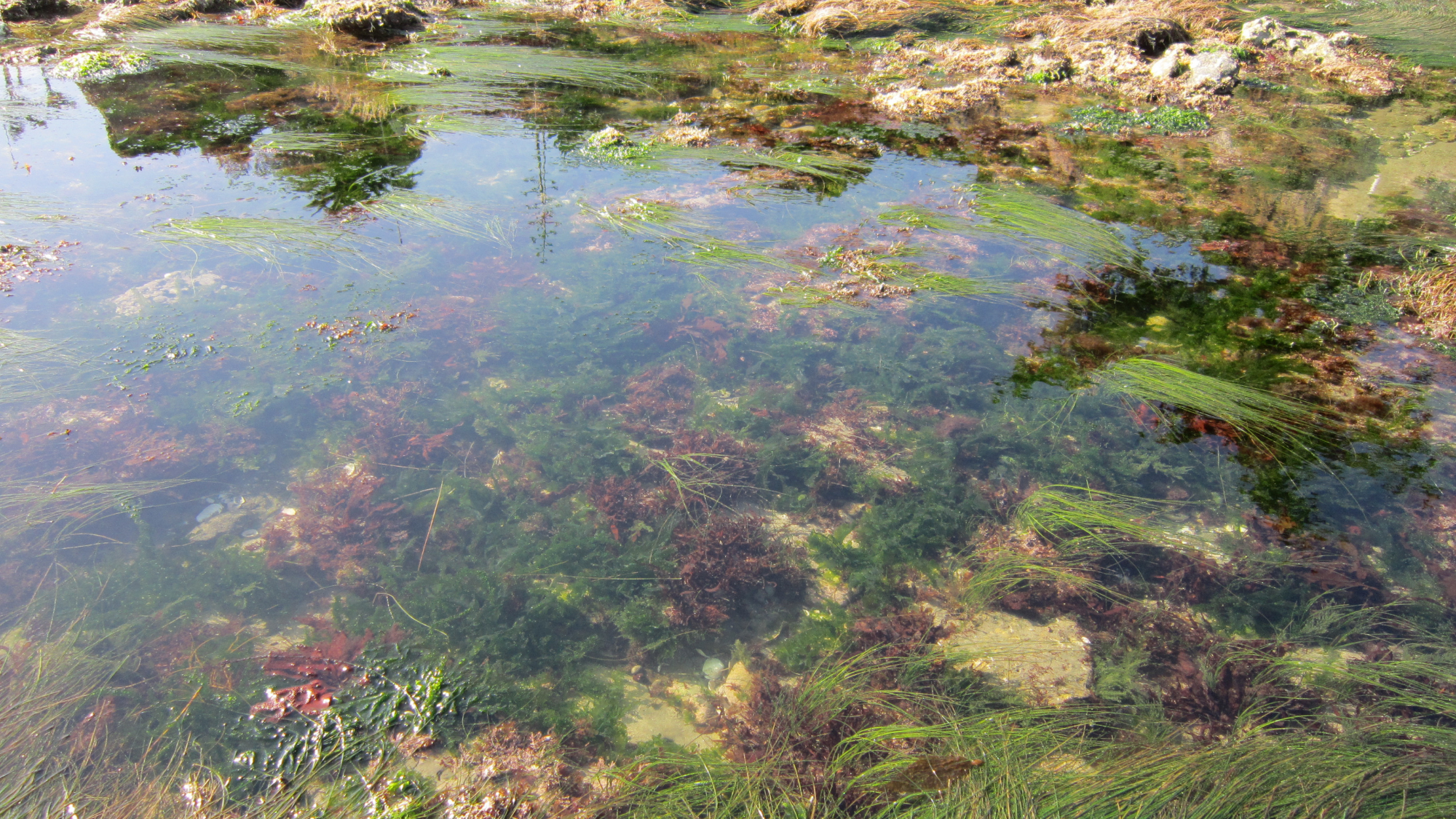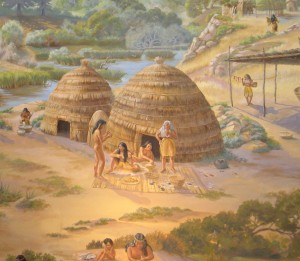This Collections Close-Up video explores two kinds of conservation: the preservation of biodiversity records in the form of marine algae specimens and the fight to save the kelp forests of the California Coast.
About the series: Zoom into the stories, secrets, and science of our collections during monthly webinars with Collections Manager Kathleen Aston. This live event is an extension of our monthly Collections Close-Up blog, with added insights and intrigue. Members are invited to participate in this program before it is made available to the general public as well as ask questions directly of Kathleen.
Not yet a member? Join today!
Resources:
- Santa Cruz Museum of Natural History Algae of Monterey Bay Guide: https://www.santacruzmuseum.org/monterey-bay-algae-guide/
- Collections Close-Up Blog: Kelp and Conservation: https://www.santacruzmuseum.org/category/collections-close-up/
- AlgaeBase global algal database: https://www.algaebase.org/
- Getting started with tidepooling: https://baynature.org/2019/08/20/how-do-i-start-out-tidepooling/
- Video about algae preparation from the British Museum: https://www.youtube.com/watch?v=slitTRUgQA0
- Jepson index of seaweed flora: https://ucjeps.berkeley.edu/seaweedflora/kelp/index.html
- Recent NatGeo article on the kelp crisis: https://www.nationalgeographic.com/science/2020/04/california-critical-kelp-forests-disappearing-warming-world-can-they-be-saved
- Peer-reviewed paper on North Coast kelp collapse: https://www.nature.com/articles/s41598-019-51114-y
- Ocean Protection Council’s strategic plan: http://www.opc.ca.gov/webmaster/ftp/pdf/2020-2025-strategic-plan/OPC-2020-2025-Strategic-Plan-FINAL-20200228.pdf
- Ocean Protection Council virtual meeting agenda (next Friday 6/19): http://www.opc.ca.gov/2020/05/ocean-protection-council-meeting-june-19-2020/
- Reef Check California homepage: https://reefcheck.org/california/ca-overview
- Watermen’s Alliance urchin removal events: https://www.facebook.com/groups/158992911481142/


